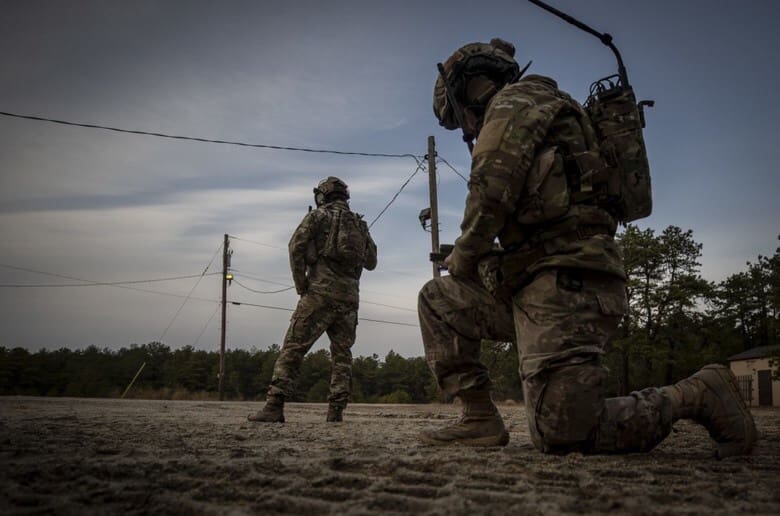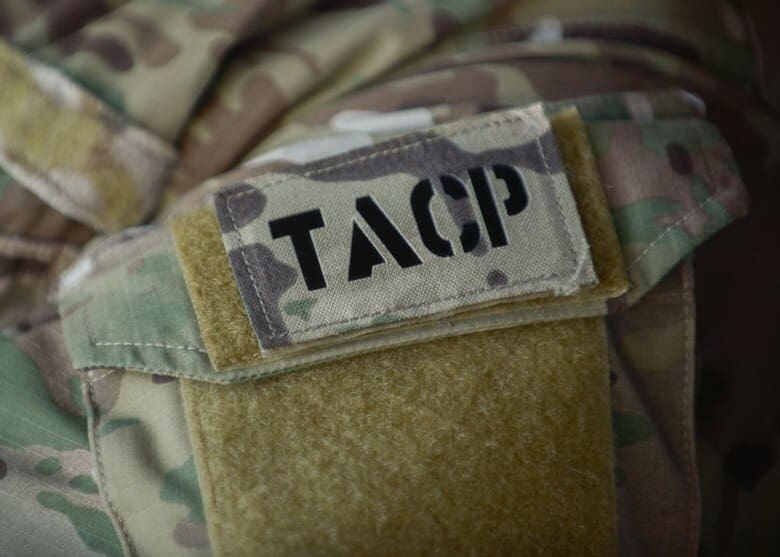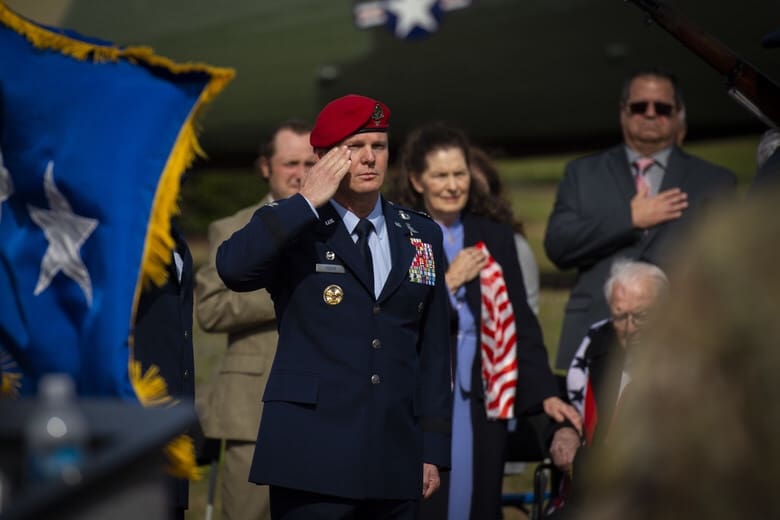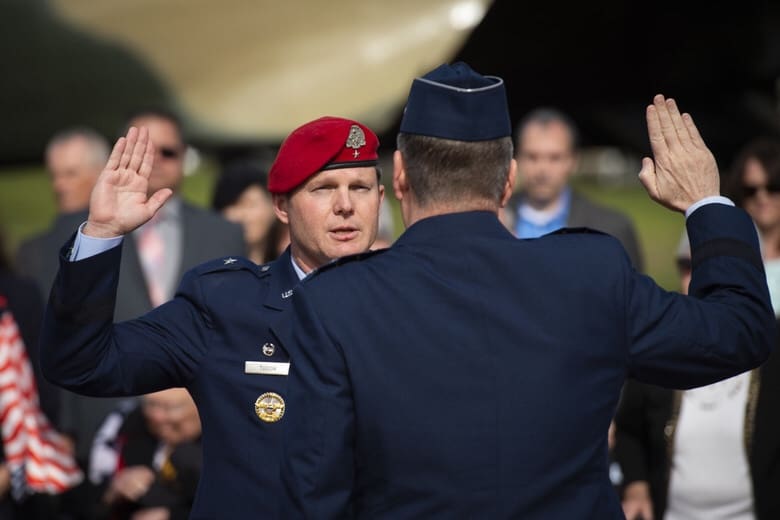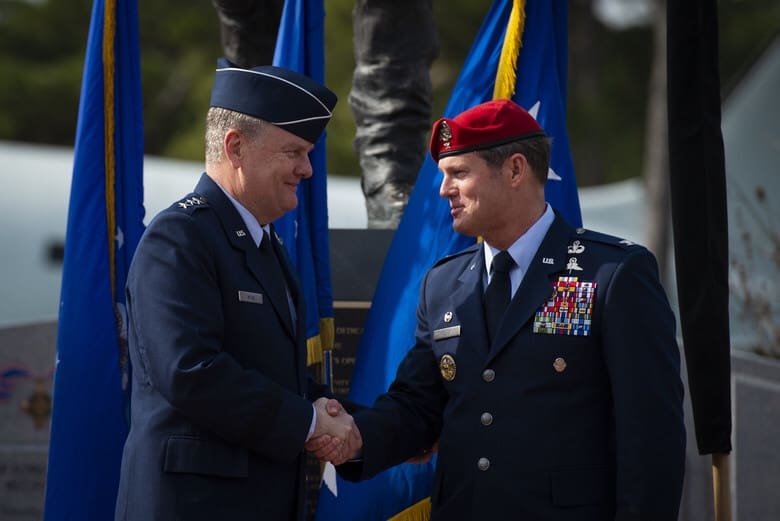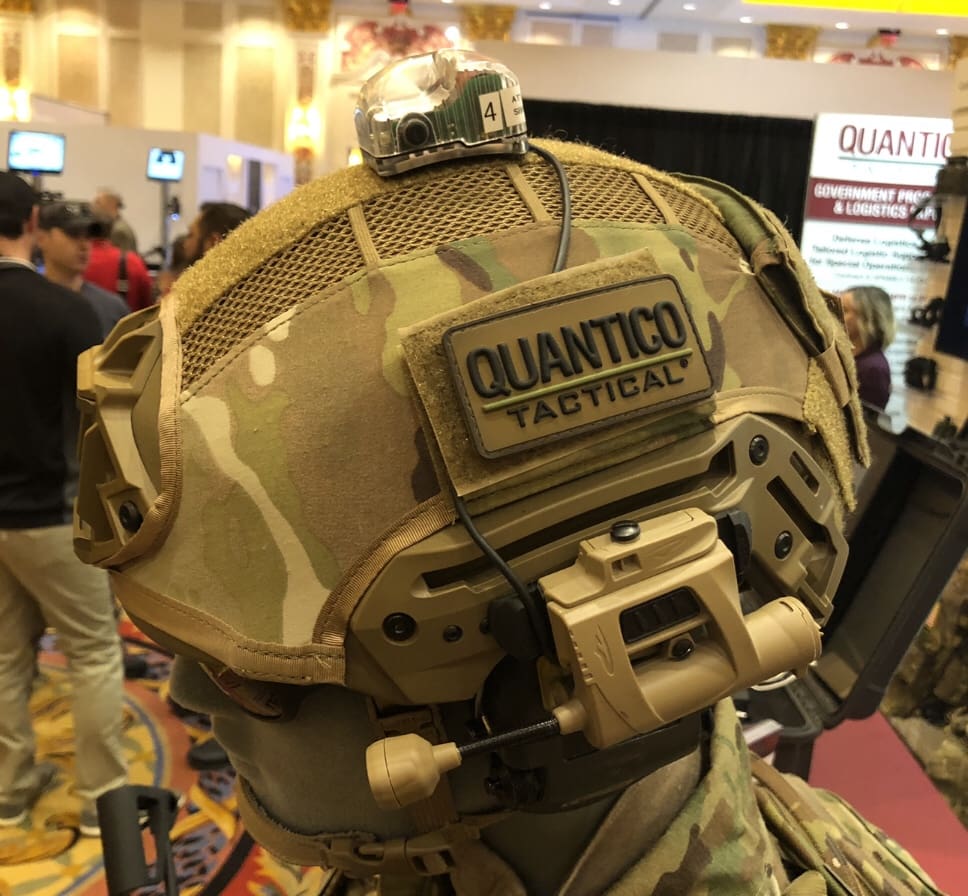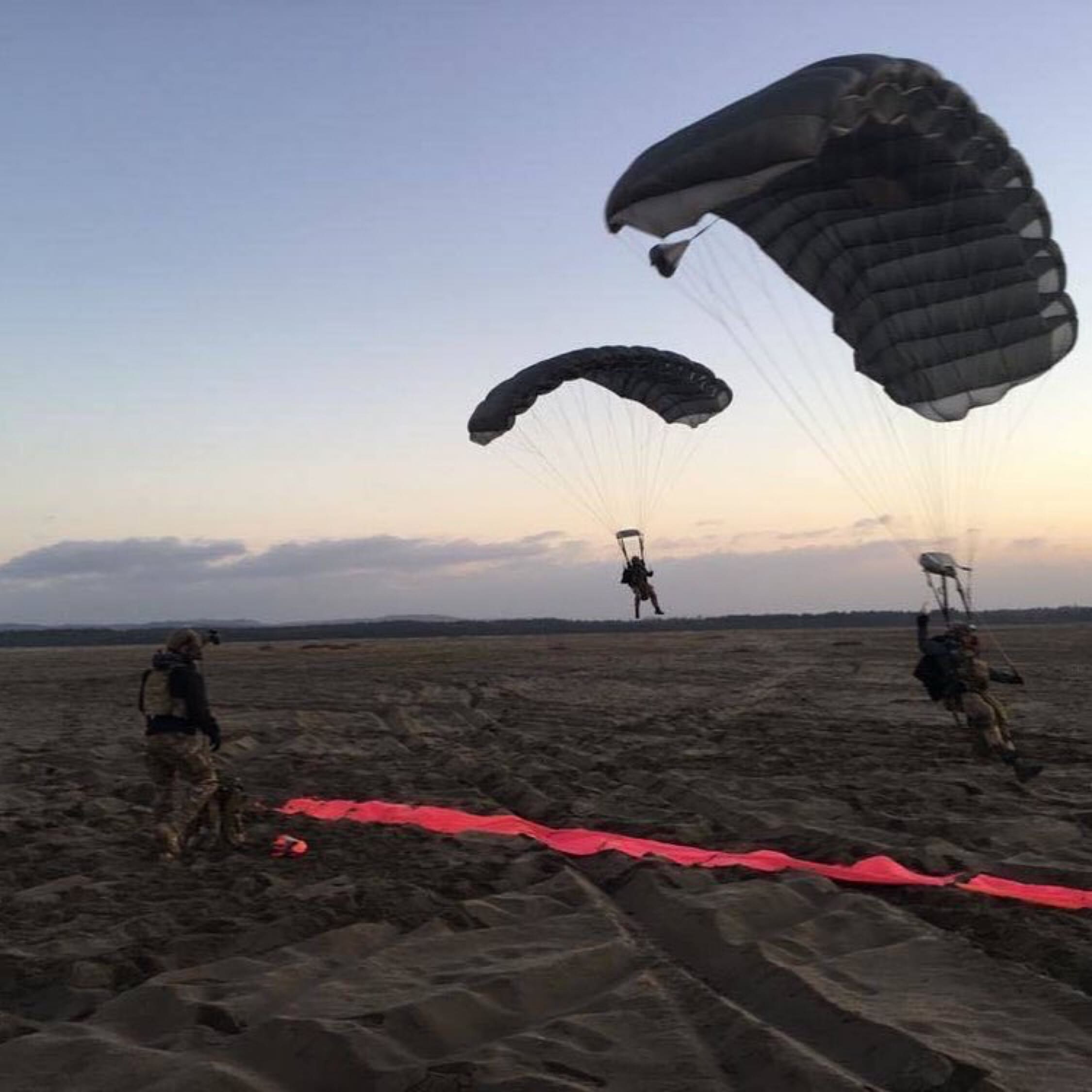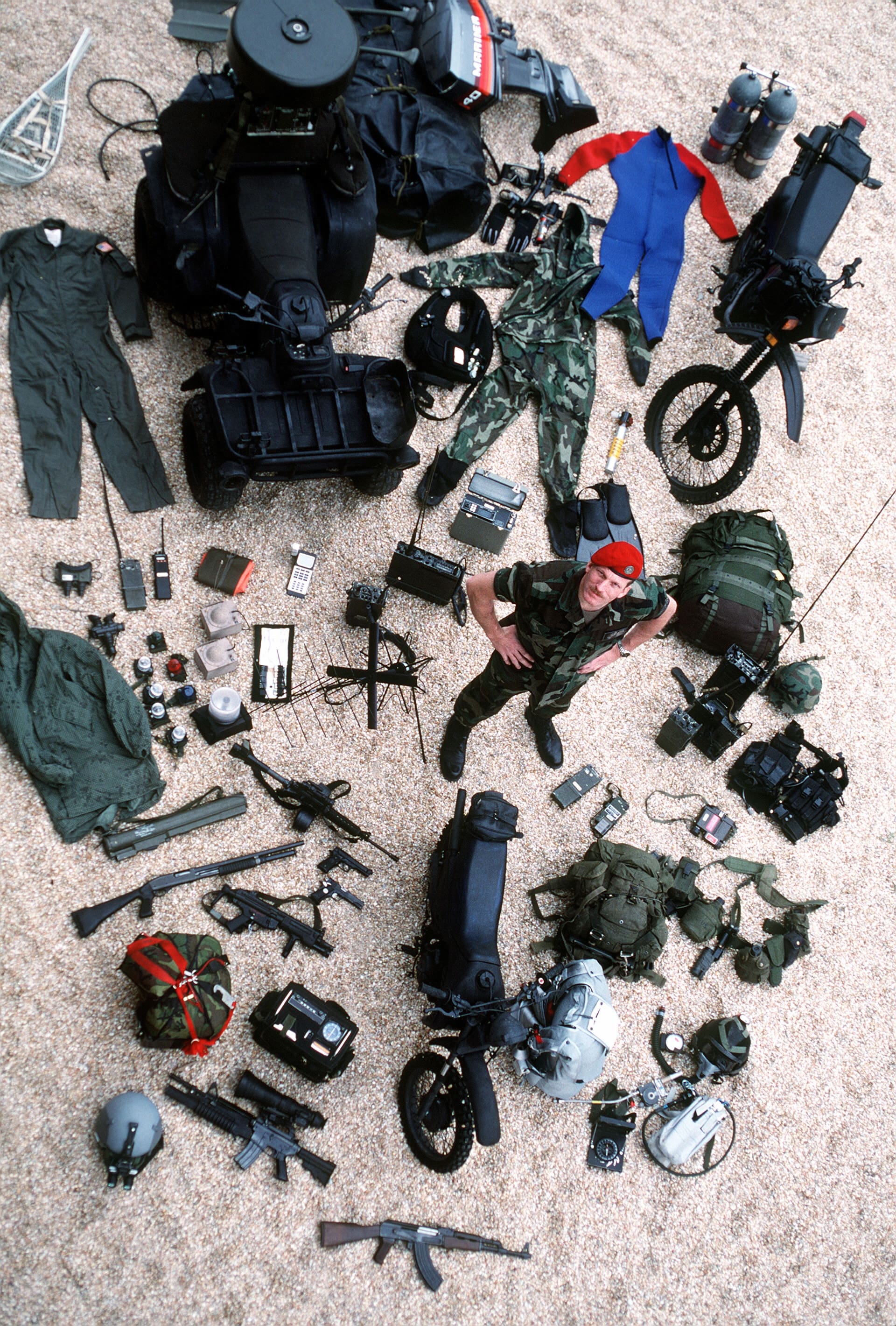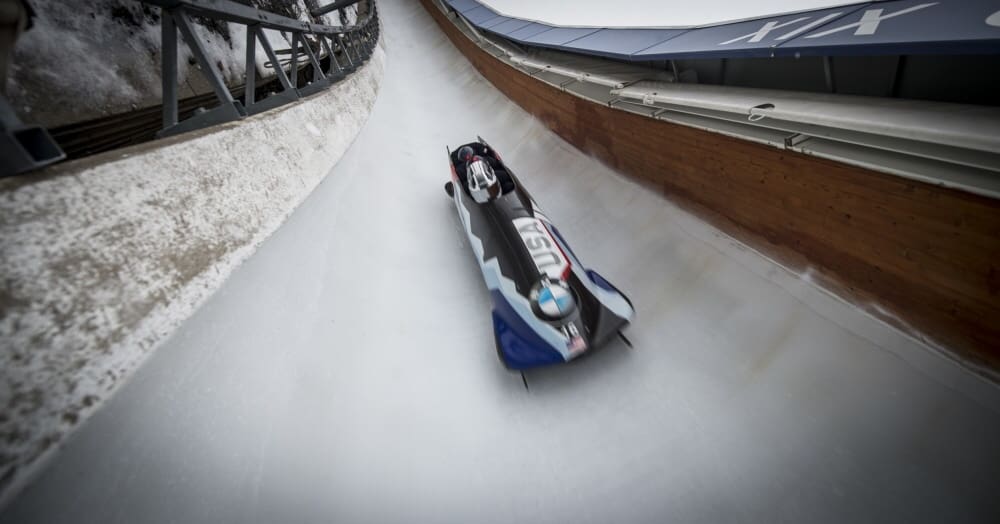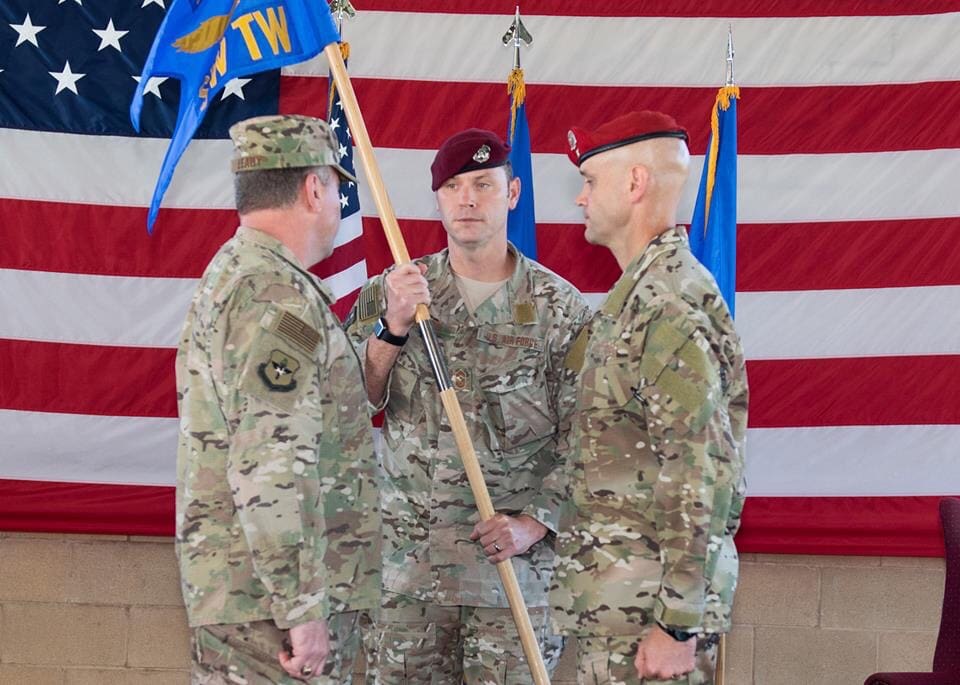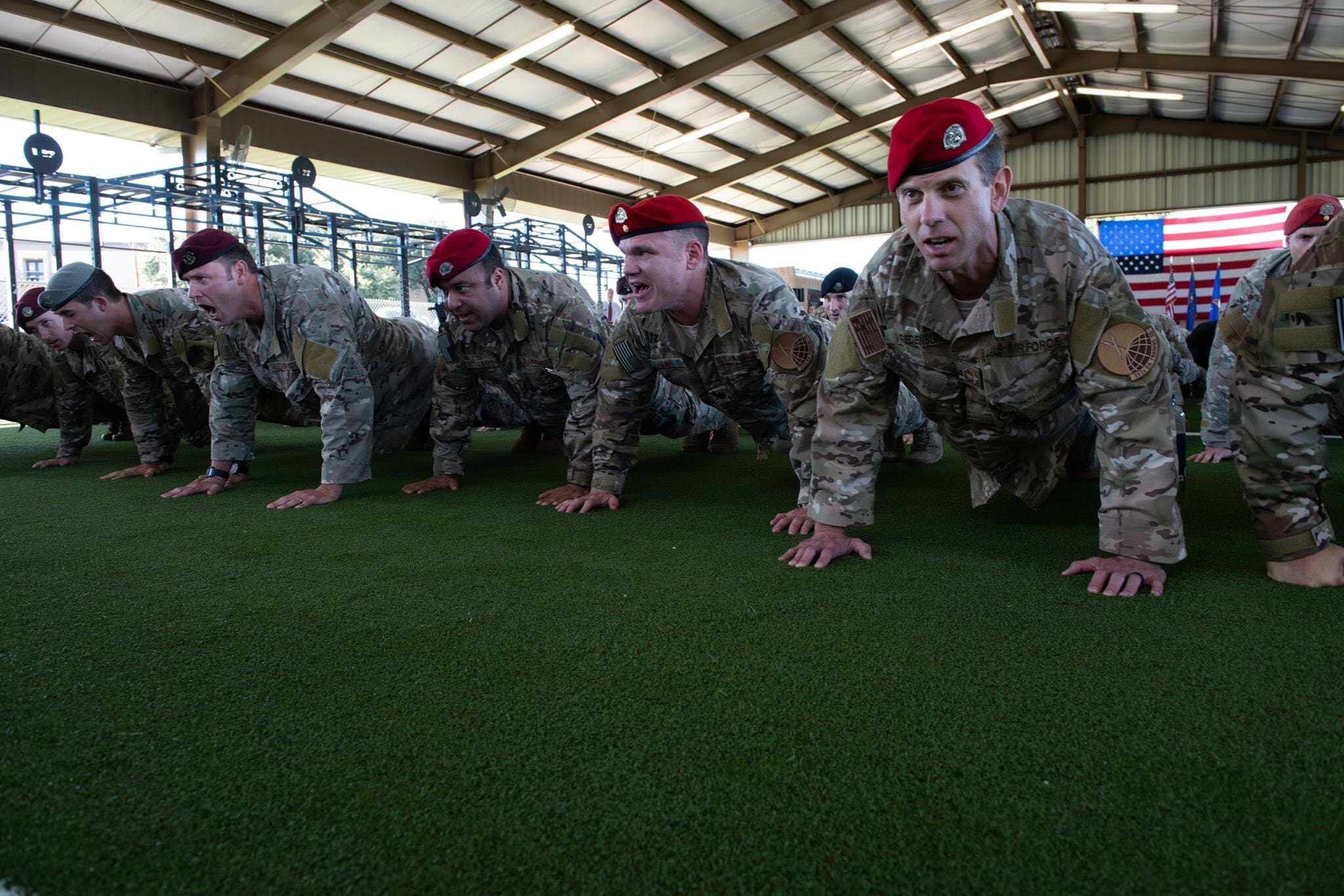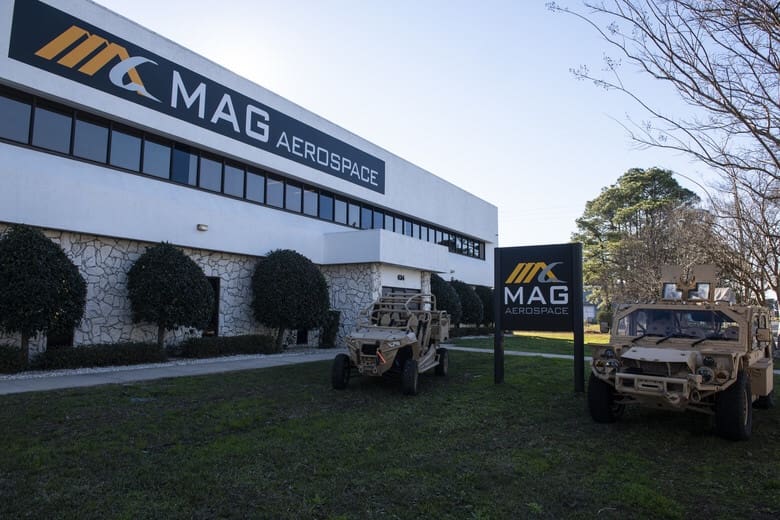
HURLBURT FIELD, Fla. (AFNS) — The Special Warfare Technical Integration Support Center opened its doors during a ribbon cutting and dedication ceremony in Fort Walton Beach, Florida, Jan. 11, as the newly named Col. John T. Carney Center of Excellence.
With the name of “Coach,” Carney embodied within the 25,000-square-foot facility, the roots of special tactics aim to inspire employees of the SW-TISC every day.
“Every special tactics leader strives to give their men the best equipment and training to fight our enemies,” said Col. Spencer Cocanour, 24th Special Operations Wing vice wing commander. “Coach Carney pushed the envelope to get the very best for his people. He fought the bureaucracy with the same ferocity he fought the enemy.”
The wearable communication equipment that special tactics operators carry in the field needs to be the best that the Department of Defense can offer to fight tonight and tomorrow’s battles and this starts with the work of the men and women within the SW-TISC.
“This building is unique It will bring together a diverse group of professionals with different backgrounds to collaborate, develop, test, field and operationalize concepts to maintain our competitive edge,” said Brig. Gen. William Holt, the Air Force Special Operations Command special assistant to the commander. “This rapid response integration will create a tangible repeatable innovation rhythm to reduce the timeline from innovative concept to operational implementation.”
With the National Defense Strategy of 2018 outlining the Department of Defense objectives to include delivering performance with affordability and speed, the SW-TISC will aid AFSOC by streamlining development to fielding.
“The TISC will push the envelope on fielding technology,” Cocanour said. “That means placing cutting edge technology into the hands of the most lethal special operators this nation has ever produced.”
By integrating technologies, ensuring interoperability and providing appropriate updates and training on the equipment used in the 24 SOW, special tactics operators are able to answer U.S. Special Operations Command’s call to deliver tactical air-to-ground integration and conduct global access, precision strike, personnel recovery, and battlefield surgery operations.
“There’s a SOF principle of the hyper enabled operator that is a highly trained individual with elite skills, but they also have a network of systems on them that they wear and that they interact with,” said Todd Weiser, the chief technology officer and director of innovations with AFSOC. “The future is that operator is going to have the ability with their kit to inter-operate with an F-35 [Lightning II], with an F-22 [Raptor], with an Army vehicle. That network, the sharing of information and internet of things, micro sensors, micro small unmanned aircraft system; all of that stuff is coming together.”
As a special tactics officer with years of experience in the field and operations, Lt. Col. Eli Mitchell, the branch chief of special tactics requirements with AFSOC, sees tomorrow’s battle requiring a more accurate and efficient way of delivering capabilities.
“(The SW-TISC) is a game changer — really what it does is speeds up bombs on targets and increases situational awareness on the battlefield,” Mitchell said. “You’re talking about reducing the potential for fratricide, increasing target engagement timelines and also increasing your munitions effectiveness by more precisely striking the appropriate target.”
By evolving for tomorrow’s fight, the special tactics enterprise is leading from the front with technology and equipment used on the battlefield on a global scale within the Air Force, SOCOM, and the DOD.
“The world’s more complex than it ever has been and it’s continuously getting more complex and we need to get ahead of it in a timely manner,” Wieser said. “That’s what this facility will help us do, get ahead of it so that we can compete with our near peers as well as other adversaries.”
Holt left the most recent addition to the AFSOC team with some motivations to do exactly what Air Commandos are known for; thinking outside the box.
“You are in the business of making the impossible, possible. Your mission is to get out of the box,” Holt said. “When someone tells you it’s impossible, double down to prove them wrong. Never forget there is always a way.”
By Senior Airman Joseph Pick, 24th Special Operations Wing Public Affairs


